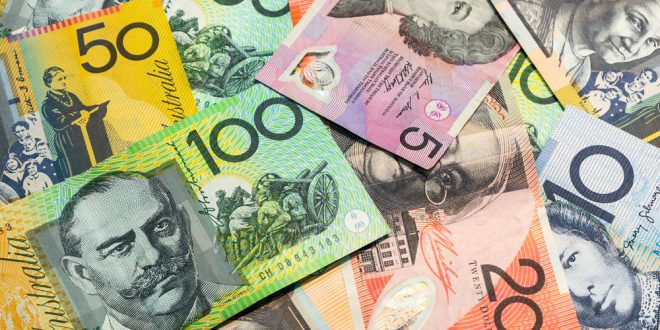The key factor behind the AUD/decline was the buoyant American dollar. Inflation in the US is still declining, and consumer confidence declined in March. TDS Analyst anticipates that the RBA will maintain rates at their meeting in April. Awaiting the RBA’s decision, the AUD/USD price is muted in the immediate term.
The USD’s recovery was aided by weekly, monthly, and quarter-end flows as the Australian Dollar (AUD) retraced after reaching a weekly high of 0.6738. While US inflation statistics may strengthen the case for a pause in the Fed’s tightening cycle, Wall Street is expected to end the week with gains. The AUD/USD is currently trading at 0.6684, down 0.43% from its opening price.
The core PCE, the favoured inflation indicator of the Fed, grew 4.6% YoY, which was less than expected and below the previous month’s rate. The Fed’s tightening policies are still holding down inflation, as evidenced by headline inflation of 5%.
The Federal Reserve Bank of Boston’s President, Susan Collins, expressed her acceptance of the news but highlighted that there is more work to be done.
Consumer Sentiment at the University of Michigan was worse than anticipated in March, coming in at 62 instead of 60. Inflation expectations decreased concurrently. The average inflation prediction made by American consumers was 3.6% for the next year, but it dropped to 2.9% for the next five years.
John Williams, president of the New York Fed, recently stated that monetary policy would be determined by the economy’s data and uncertain outlook. Williams anticipates a 3.5% decrease in inflation and a modest decline in GDP before a recovery in 2024.
In response to inflation news, the AUD/USD first moved upward to 0.6718 before turning drastically lower and printing a daily low of 0.6670. The AUD/USD has since stabilized at about 0.6686.
Data on inflation might provide clues about the Reserve Bank of Australia’s (RBA) future course in Australia. Any readings below the latter can sway the RBA from continuing to tighten monetary conditions.
The AUD/USD is trading sideways, as shown by its daily chart, though tilted to the downside. For a bearish continuation, sellers need to reclaim the March 24 swing low at 0.6625, exposing the YTD lows at 0.6564. Once cleared, and the path towards November 10 at 0.6386 is on the cards. On the flip side, if buyers crack 0.6700, that could keep them hopeful that the AUD/USD could test 0.6800 in the near term.

 Noor Trends News, Technical Analysis, Educational Tools and Recommendations
Noor Trends News, Technical Analysis, Educational Tools and Recommendations




